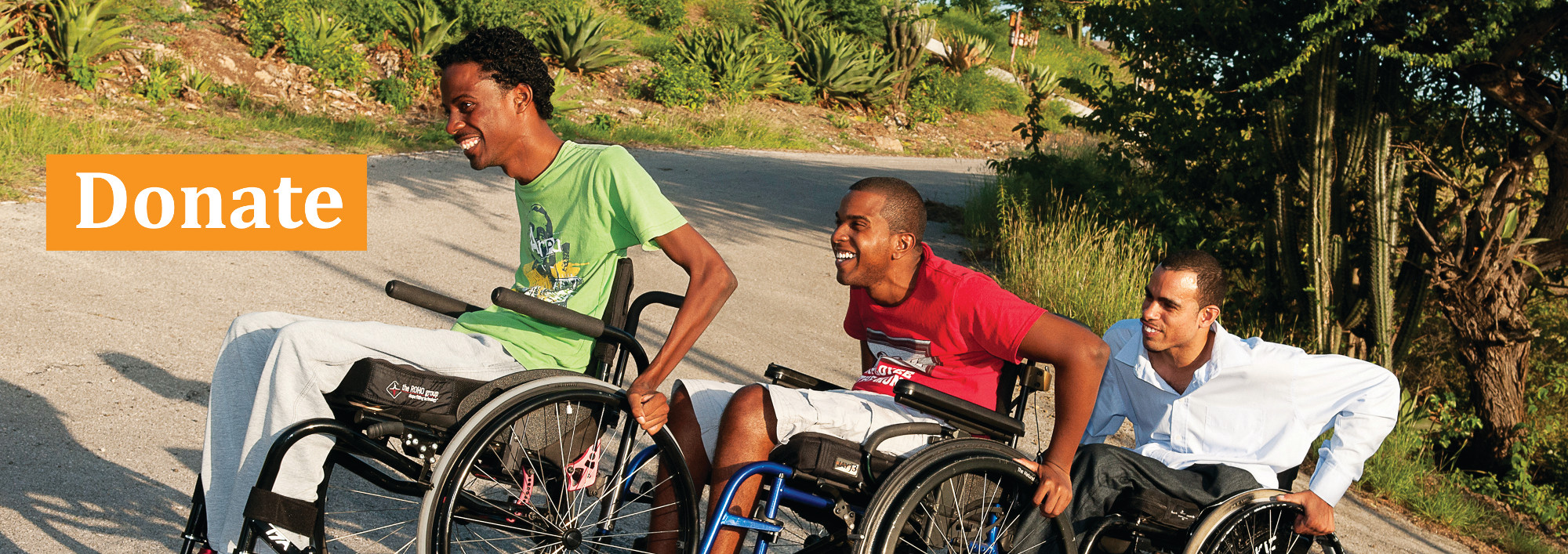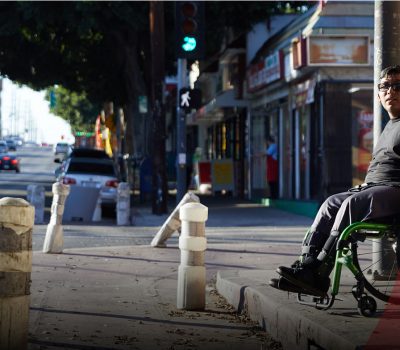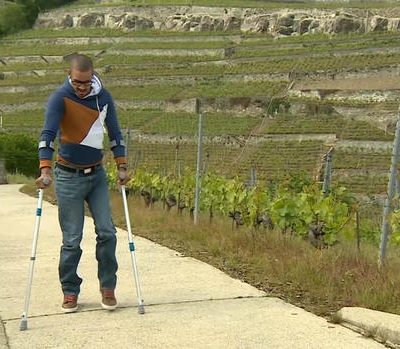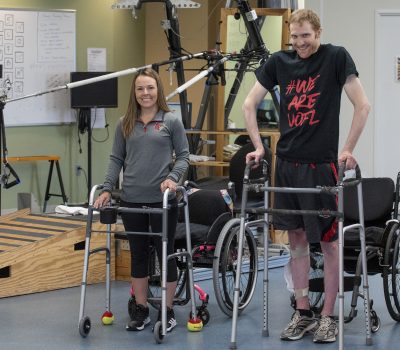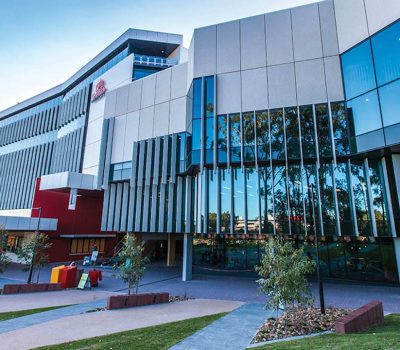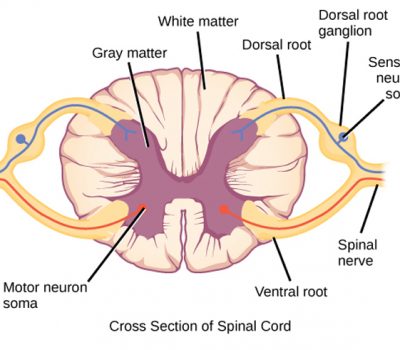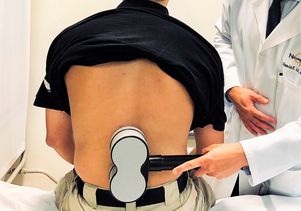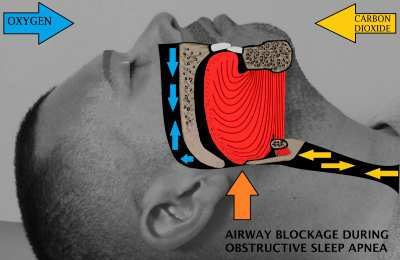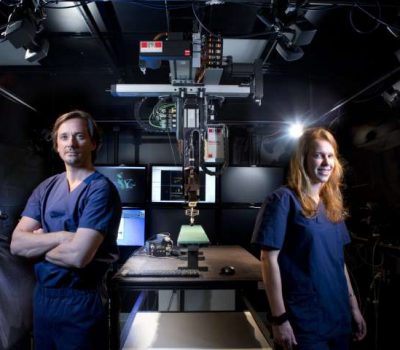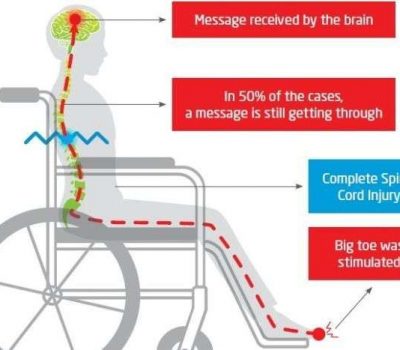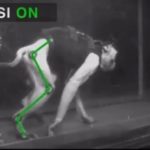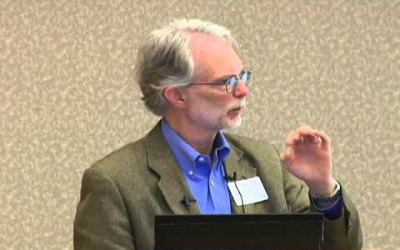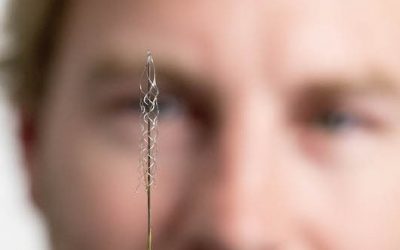Spinal Cord Injury
Research & Cure
Toyota Finalists For $4 Million Challenge To Reinvent The Wheelchair
A hybrid exoskeleton-on-wheels and an urban wheelchair share-scheme are among the five finalists of the latest Toyota global competition. Announced at the Consumer Electronics Show (CES) in Las Vegas today, the three-year, $4 million “Mobility Unlimited Challenge” is...
Paralyzed patients walk again with help of spinal implant
David Mzee was paralyzed for seven years until one of Switzerland's leading neurosurgeons gave him a spinal implant that changed his life. He is one of three patients with spinal cord injuries who are now able to walk again with targeted electrical stimulation of the...
Combining Epistim and Activity-Based Therapy Holds Promise for Walking
Over the past few days there has been a worldwide media buzz about the latest advances in spinal cord injury research. Monday’s Washington Post headline is a good example — “Paralyzed people are beginning to walk with a new kind of therapy.” A majority of the press...
Could nose cells treat spinal cord injuries?
Scientists developing robust method to treat spinal cord injuries using nose cells Researchers have designed a new way to grow nose cells in the lab heralding hope for sufferers of spinal cord injuries, including those who are wheelchair bound. Griffith University’s...
Spinal Neurons Grown From Stem Cells For First Time
Modern medicine has still not managed to crack the problem of spinal cord injuries that result in significant paralysis or loss of functional status. There are numerous factors that influence the inability to restore movement or autonomous bodily control to these...
Neuroscientists restore significant bladder control to 5 men with spinal cord injuries
In UCLA study, magnetic stimulation of lower spine eliminates need for catheter for up to 4 weeks 08/22/2018 UCLA neuroscientists, led by Dr. Daniel Lu, stimulated the lower spinal cord through the skin with a magnetic device placed at the lumbar spine. More than 80...
The Risk of Sleep Apnea for Quadriplegics
Not sleeping well? A new study shows more than 70 percent of people with quadriplegia also have obstructive sleep apnea (OSA). For many years, the N-ABLE team has heard stories about friends with quadriplegia who don’t sleep well at night or who only sleep a few hours...
Paraplegic rats walk again after therapy, now we know why
With the help of robot-assisted rehabilitation and electrochemical spinal cord stimulation, rats with clinically relevant spinal cord injuries regained control of their otherwise paralyzed limbs. But how do brain commands for walking, swimming and stair-climbing...
Half of spinal cord injury patients may still have some connectivity, Australian study finds
The sensation James Stanley misses most is the squidgey feeling of wet sand between his toes. Sometimes it’s dangling his legs into cool water, and the feeling of soft grass under his feet. “They’re very simple things, but when you haven’t felt them for seven years I...
Research offers cautious hope to spinal cord injury sufferers
When University of Alberta spinal cord researcher Karim Fouad began his career, not a lot was known about injuries of the central nervous system—the brain and spinal cord. “What researchers did know is that nerve cells don’t regrow,” said Fouad, who was named...
If other paralyzed primates walk, will humans?
In the annals of breathtaking scientific advances, it's hard to top this recent news headline: "Paralyzed Monkeys Can Walk Again With Wireless Brain-Spine Connection." This is legit? Yes. How so? Scientists implant a chip in a monkey's brain that sends wireless...
Research & the hope for cure
By Daniel Lammertse, MD, from Craig Hospital and the Rocky Mountain SCI System (Colorado). Dr. Lammertse lucidly explains the complex issues involved in SCI recovery research and provides a status report on these efforts worldwide today. Presented on May 18, 2013 at...
Bionic spinal cord offers new hope
Bionic spinal cord could give extra function and mobility to users of mobility assist devices. A revolutionary device implanted in a brain blood vessel may one day enable people with spinal cord injuries to walk again, say Melbourne researchers....
Cooling Improves quality life spinal cord injury patients
A study looking at reducing the severity of spinal injuries by reducing a patients body temperature immediately after an accident is entering a new phase amid hopes clinical trials will begin in WA next year. Read more
Experimental Procedure shows promise to repair spinal cord injury
An experimental procedure aimed at repairing spinal cord injuries is showing promise. It uses stem cells in the damaged areas in hopes of restoring function and movement. And for one patient, it is promising. Read more

